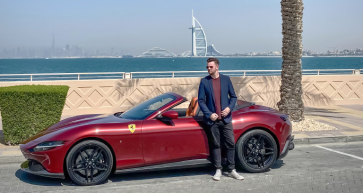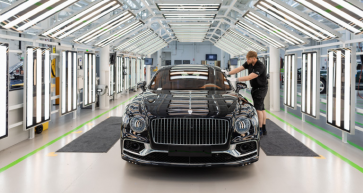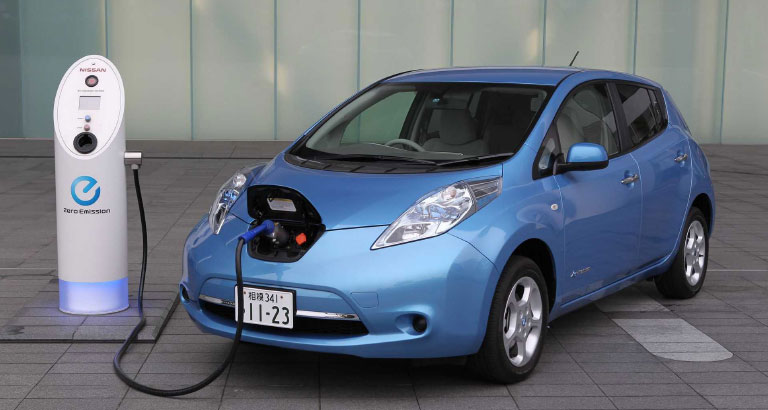
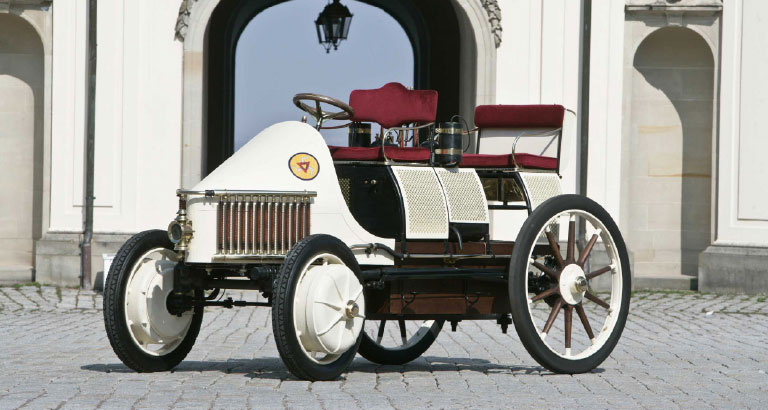
With practically every global manufacturer having already released or actively developing at least one electric vehicle (EV) in their portfolios, the battery-powered beasts are challenging the internal combustion engine for the future of our roads. Kristian Harrison looks back at the history of EVs.
Strike up a conversation about the current motoring industry and it’s inevitable that all roads will lead to… well, not Rome, but the relentless juggernaut that is electric vehicles.
Whilst they are the bane of the staunchest petrolheads, there’s no denying their importance in the modern landscape and the simple fact that as a collective civilisation we have to be more climate-aware. The Kingdom is no exception, with EVs proliferating local dealership forecourts and initiatives to boost infrastructure with more charging ports well under way.
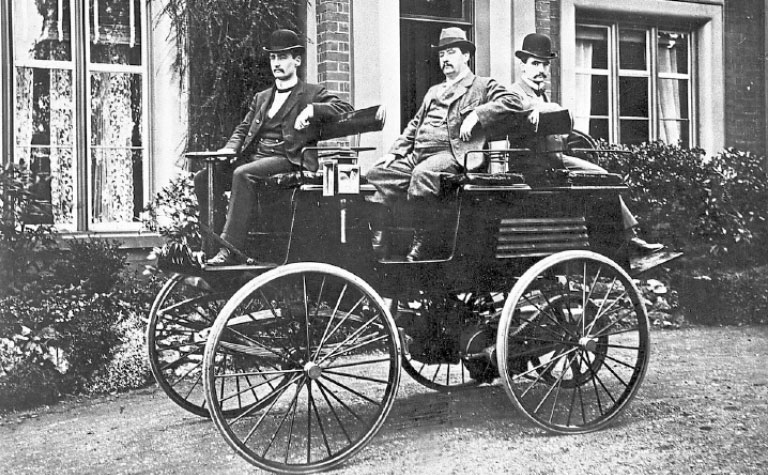 EVs would appear to be a relatively new phenomenon, but did you know that they were the most popular form of automobile in the early days? Scotland’s Robert Anderson was the earliest pioneer of electric vehicles, building a motorised carriage sometime between 1832 and 1839. It was a crude invention; as batteries were not yet rechargeable, it was more of a show-off trick than a transportation device.
EVs would appear to be a relatively new phenomenon, but did you know that they were the most popular form of automobile in the early days? Scotland’s Robert Anderson was the earliest pioneer of electric vehicles, building a motorised carriage sometime between 1832 and 1839. It was a crude invention; as batteries were not yet rechargeable, it was more of a show-off trick than a transportation device.
Batteries that could be recharged came along in 1859, making the electric-car idea more viable. By 1890, a Scotland-born chemist living in Des Moines, Iowa, William Morrison, applied for a patent on the electric carriage he’d built. With front-wheel drive, four horsepower, room for 12 people and a reported top speed of 32kmph, it had 24 battery cells that needed recharging every 50 miles.
 Interest was piqued. By the turn of the 20th century, many people began swapping in their horses and carts for motorised vehicles. As a result, the automobile rapidly grew in popularity and the battle for the future of mobility commenced. The options? Steam, petrol or electric. Electric cars won; they did not emit any unpleasant pollutants, require changing gears or have long start-up times. This meant that they were easier to drive and they were much quieter too.
Interest was piqued. By the turn of the 20th century, many people began swapping in their horses and carts for motorised vehicles. As a result, the automobile rapidly grew in popularity and the battle for the future of mobility commenced. The options? Steam, petrol or electric. Electric cars won; they did not emit any unpleasant pollutants, require changing gears or have long start-up times. This meant that they were easier to drive and they were much quieter too.
However, this momentum would all come to a slow end post-WW1, with the creation of Henry Ford’s cost-efficient assembly line and the wider availability of petrol. EVs were dead and would remain so until the 1970s, when oil prices shot up and gasoline shortages meant that car companies started exploring the possibilities of resurrecting them.
For instance, General Motors developed a prototype for an urban EV and even NASA helped raise the profile when their electric Lunar rover became the first manned vehicle on the moon. However, EVs still suffered from several drawbacks compared to petrol-powered cars including limited range and slow top speeds. Consumers simply weren’t interested.
Not that this deterred scientists from trying over the next 20 years, until the big breakthrough arrived: the Toyota Prius. Released in Japan in 1997, the Prius became the world’s first mass-produced hybrid electric vehicle. When it was released worldwide in 2000, it became an instant success.
The snowball had started rolling. Tesla Motors was formed in 2003 and three years later started producing a luxury electric sports car that could go more than 320km on a single charge. Nissan raised the competition with its launch of the Nissan LEAF in 2010.
The snowball is now an avalanche. New battery technologies have helped to improve range and cut EV battery costs by 97 percent since 1991, making them more affordable for consumers. Analysts conservatively predict that by 2030, EVs will reach 20 percent of sales worldwide with more than 200m on the roads, but the real figure could be much higher.
All aboard the bandwagon!


